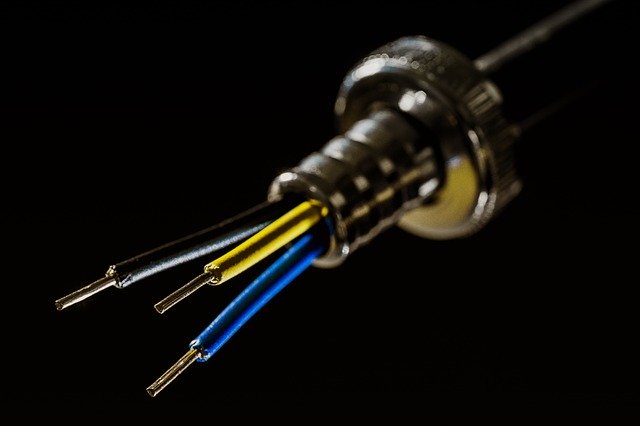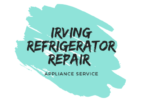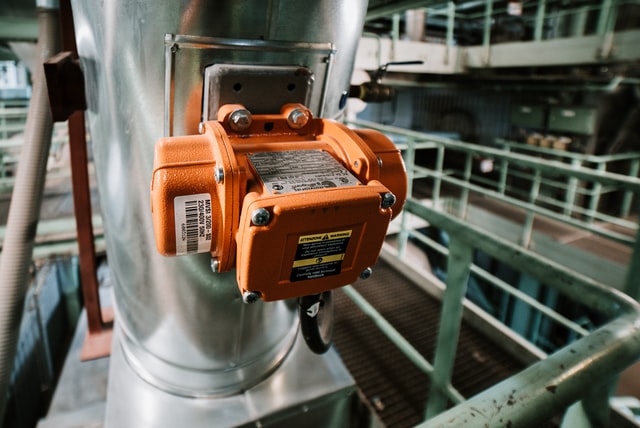This excerpt has been taken from “Air Conditioning Service manual”. Hoses and Lines are a flexible hollow tube designed to carry fluids from one location to another. Appliance repair service in Irving TX, extends its services on this kind of Repairs and maintenance. Thankful to the manual for this useful content.
Repair
A corrective action should be chosen after deter-mining the cause of the trouble. Many times several different repair and cleaning actions are required to correct repair and cleaning actions are required to correct one problem. The failure of one part often damages, contaminates or otherwise renders other parts unsuitable for use. An example of this is when the compressor is worn or damaged extensively and the metal particles circulate into the condenser, the receiver-drier and the expansion valve. The compressor may be the original cause, but the small metal particles can circulate and become temporarily lodged in other parts. If the condenser is not cleaned, the metal particles will remain in the condenser. If all of the small metal particles are not removed, they can be dislodged and continue into the receiver-drier, they will be able to continue into the expansion valve or metering orifice. Because of the small sizes and clearances in volved, even very small pieces of debris can cause problems with the expansion valve or metering orifice.
An option is whether to repair the existing faulty unit or to install a new or rebuilt similar unit. Be sure to evaluate the options in light of working conditions as well as length of downtime and cost. A dusty field is not the most desirable location to overhaul a compressor. It takes much longer to remove, disassemble, clean, reassemble, adjust and reinstall another that has already been correctly set. The new or rebuilt components may be quickly damaged, however, if the connecting lines are not cleaned.
Hoses and lines
All the components of the air conditioning system are connected with hoses (flexible) and ridged tubing (lines). Each of the connections must be carefully and securely fitted to reduce the possibility of leaks,. The connections may leak or the attachment may cause misalignment of the parts causing stress that will result in a crack or otherwise damage some part. Leakage of any refrigerant not only adversely affects the operation of the air conditioning system, but also affects the health of generations of people on this planet. Many of the proposed new refrigerants require even tighter seals and connections than are necessary for R-12 and some of the new types of connections developed for the new refrigerants are being used on systems containing R-12 regardless of connection type, be careful not to damage parts while separating connection and exercise as much care as possible connections are not presented, however, these are shown to indicate some proper assembly and repair procedures.
Spring lock couplings
These couplings do not seal when disconnected. Be sure that system is completely discharged before separating the coupling. Usual sizes are 3/8 inch, ½ inch, 5/8 inch and ¾ inch. Position the special disassembly tool of the correct size over the coupling as shown in then push the tool toward the fitting cage and withdraw the female fitting. Remove special disassembly tool from the caged (male) end.
Clean and inspect fittings carefully, install new “O” rings and lubricate all parts with clean refrigerant oil before assembling. Position female fitting over the male fitting and “O” rings, then insert the flare into the cage, under the garter spring using a twisting motion. Check to be sure the flare is completely behind the garter spring all the way around the fitting, then fill and leak test the connection. Damaged garter springs can be removed and new springs can be installed if necessary.
Delco Air (Harrison) Compressor Manifold
The manifold attaching both low- and high-pressure hoses to the rear of the compressor is held in place with a single cap screw. The connection between the manifold and the rear of the compressor was originally sealed with “O” rings; however, later models use special sealing wagers. The manifold and the rear of the compressor for models designed for “O” rings are both different than similar items designed for use with the special sealing washers. Special washers (different than later type) can be installed to adapt the later compressor (designed for use with washer-type seal) to the earlier manifold (designed for “O” rings). Be sure the correct type of seals is installed and the manifold retaining screw is tightened to the correct torque.
Flare Fittings
Always use two wrenches when loosening any flare fitting to prevent damage to the connecting parts or the fitting. Always cover opening when separated. Covering the opening will reduce the chance of dirt entering the hose, line or component, and will help protect the seating surfaces of the connection.
Coat all surfaces of the flare connection with refrigerant oil before attaching. Be sure fitting is correctly attached and not cross threaded by turning several revolutions by hand. Make sure line is correctly aligned, then use two wrenches to tighten the fitting to the correct torque. Check to be sure the line is not twisted after tightening. Fill system and check fitting connection carefully for leaking refrigerant.
“O” Ring Fittings
Always use two wrenches when loosening any “o” ring fitting to prevent damage to the connecting parts or the fitting. Always cover opening when separated. Covering the opening will reduce the chance of dirt entering the hose, line or component and will help protect the seating surfaces of the connection. Parts of the fitting nicked while disassembled can easily damage the “o” ring while assembling.
Always install a new “o” ring when assembling. Coat “o” ring and surface indicated with refrigerant oil and be sure the “o” ring is fully seated against the ridge of the tube. Insert the tube fully into the fitting and tighten the fitting nut by hand as far as possible to make sure it is correctly attached and not cross threaded. Make sure line is correctly aligned, then use two wrenches to tighten the fitting to the correct torque. Check to be sure the line is not twisted after tightening. Fill system and check fitting connection carefully for leaking refrigerant.

Hoses
Nylon or rubber hoses can sometimes be repaired using clamp fittings and commercially available repair parts. However, successful repair is sometimes easier if the complete hose with attached ends is renewed. If repair is attempted, be sure to sue the correct size hose and fittings. Install repair fittings as described by parts manufacturer. Some systems use metric size hose, other systems may use inch size hose, and some systems use a combination of the two. “Close fits” are not “good enough”.
Continue reading on “Servicing Gas-Fired Water Heaters“

